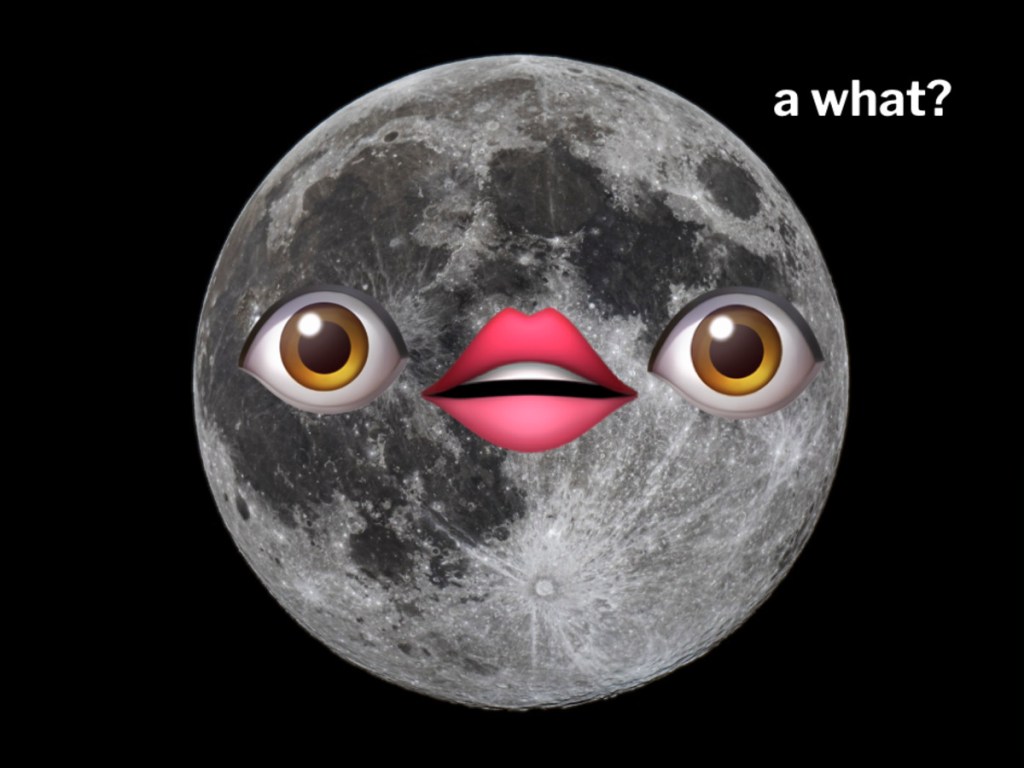The Moon will have its own timezone very soon. NASA has been given the mammoth task of creating a standard “Coordinated Lunar Time” (LST) by the White House, which will be introduced by December 2026.
Why a timezone for the Moon? According to a memo from the White House’s Office of Science and Technology Policy, it’s mainly to make data collection more accurate for space exploration.
As NASA will be working with a massive network of scientists all around the world for its new Artemis III space exploration program, it is crucial to have an internationally-agreed upon timezone for research purposes.
Earth time vs. Moon time
Every day, the Moon rotates 58.7 microseconds faster than the Earth. This is because there’s less gravity on the Moon.
So, when it comes to converting time spent on the Moon to timezones on Earth, things get very complicated for researchers. A standard ‘Moon time’ would therefore make calculations more accurate for tasks that need extreme precision, like landing or docking a spacecraft.
“Failing to account for the discrepancy between a transmitter clock on the Earth and how it is perceived by a receiver on the Moon will result in a ranging error,” wrote the White House’s memo.
How do we calculate ‘Moon time’?
NASA is expected to create the “Coordinated Lunar Time” using atomic clocks.
Here’s a little science lesson for those of you who didn’t pay attention in Science class back in school. Did you know that timekeeping is done using atomic clocks? Atomic clocks measure the vibrations of atoms to arrive at an ‘average’ number that determines what you see on your watch today.
There are dozens of atomic clocks placed all around the world, including one in Sydney that’s managed by the Australian Government’s National Measurement Institute. Atomic clocks are also responsible for determining the internationally-agreed upon Coordinated Universal Time (UTC).

Back to timekeeping on the Moon. For this endeavour, NASA is expected to place several atomic clocks on the Moon’s surface—but how many, we don’t know.
NASA official Kevin Coggins told The Guardian that “an atomic clock on the moon will tick at a different rate than a clock on Earth.”
“It makes sense that when you go to another body, like the moon or Mars, that each one gets its own heartbeat,” he added.
Meanwhile, we’ll have a think about what this new timezone should be called. Moon Standard Time? Lunar Standard Time? Crescent Standard Time?
Image: Leondardo Fernndez Lzaro via Getty Images





